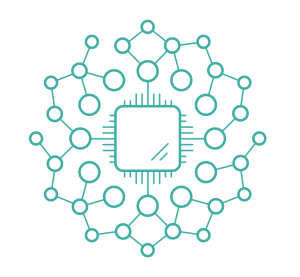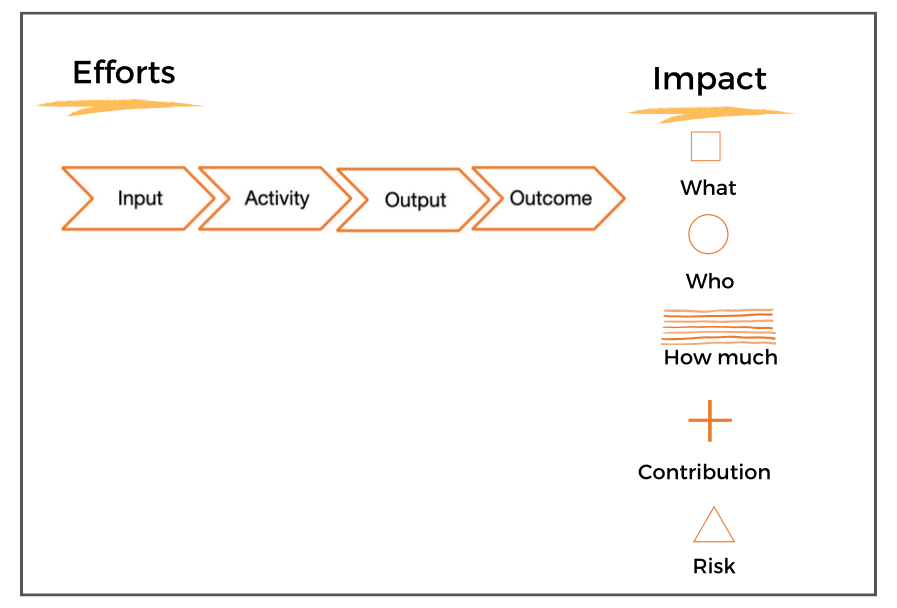 DEVELOPERS
DEVELOPERS
How to align with the Common Impact Data Standard
Aligning with the Common Impact Data Standard will make impact data more interoperable and enable your clients to exchange and analyze impact data more easily.
Why align with the Common Impact Data Standard?
The Common Impact Data Standard will allow your software, database or website to:
- enable the representation of precise definitions, thereby reducing the ambiguity of interpretation
- foster data interoperability, i.e., the ability to understand and merge the information available from datasets spread across social purpose organizations, their networks and their investors and grantmakers
- make the components of impact interpretable by a computer so that open-source software and other technologies developed for big data can be applied to analyze and interpret the data collected and generated by social purpose organizations
- better enable data automation, including the detection of inconsistencies in data and detecting the causes of the observed variations
The more impact measurement softwares align with the Common Impact Data Standard, the better it will become at allowing social purpose organizations who want to share their data and the linked details to do so at very little cost.
The Common Impact Data Standard
- Provides a standard representation for the core concepts and attributes that underlie impact models
- Is flexible, extensible and precise enough that all impact data, from any social purpose organization, using any impact model can be mapped onto this data standard

- Is flexible, extensible and precise enough that all impact data, from any social purpose organization, using any impact model can be mapped onto this data standard
- Sits below impact measurement and reporting standards (such as the IRIS+ taxonomy of metrics) and other data standards (such as Microsoft’s common data model and International Aid Transparency Initiative)
- Simplifies the sharing and analysis of impact data, including data from different sources, organizations, and software
- Makes it possible to assess the similarity of indicators from multiple sources
- Is a semantic representation, allowing for the development of AI and machine learning solutions for users to analyze the data
The Common Impact Data Standard is not
- a taxonomy of metrics or indicators currently in use by organizations, (but can represent any indicator);
- a data collection or measurement standard, (but can record the standard used to collect or measure data); nor
- an alternative to other impact standards (e.g. SASB, IRIS, IMP, GRI, SVI), but it can be used to represent each of those standards.
How to align with the Common Impact Data Standard
How to align:
Consult the alignment checklist to learn more about what is required to align and determine which alignment level (basic, essential or full) works best for your software.
Reach out to Common Approach to get an official alignment agreement and support.
(Optional) Schedule technical support time with the Common Approach staff—you will receive up to six hours as part of the official alignment process.
Do the work to align your software with the Data Standard. Complete the checklist based on your committed tier of alignment.
Check in with us for a final attestation of alignment once you’re done.
(Optional) Send us your logo! We’ll list you among the aligned software on our website and officially welcome you to our aligned softwares on social media.
Alignment Tiers for Software Developers
Basic
The software can capture the most basic level of impact data (Organization name, outcomes and indicators).
Classes included are:
- Organization (legal name)
- Outcome (name, description)
- Indicator (name, description)
- IndicatorReport (name, value, comment)
- Theme (name)

Essential
The software can capture all of the Basic Tier plus impact data according to Impact Management Norms*.
Classes included are:
- All Basic Tier classes, plus:
- Organization (Org ID, issuedBy)
- Outcome (code, theme)
- Indicator(code)
- IndicatorReport (baseline, time)
- Theme (code, description)
- Stakeholder (description, location)
- Characteristic (name, value, code)
- StakeholderOutcome (Name, Code, isUnderserved, hasImportance, description)
- Impact Report (name, time, ImpactScale, ImpactDepth, comment)

Full
The software can capture all of the Essential Tier, plus full impact models (e.g. theory of change or outcomes map) and characteristics of data quality.
Classes included are:
- All Essential Tier classes, plus:
- ImpactModel (all)
- Outcome (canProduce, canEnable)
- Indicator (usesOutput, threshold, generatedBy, dataset)
- IndicatorReport (all)
- StakeholderOutcome (fromThePerspectiveOf, IntendedImpact)
- Impact Report (hasReportedImpact, ImpactRisk, ImpactDuration, hasExpectation, Counterfactual)
* Impact Norms are now housed at Impact Frontiers.
See the alignment checklist for more details about the properties for each of these classes.
Aligned Softwares
Software providers who have adopted the Common Impact Data Standard:





